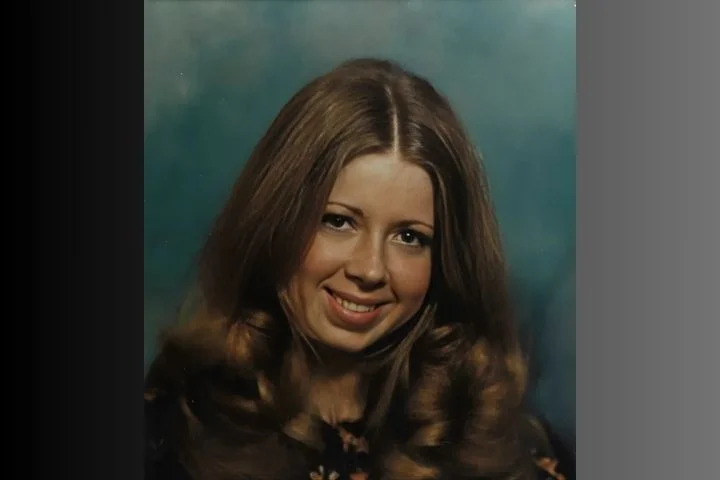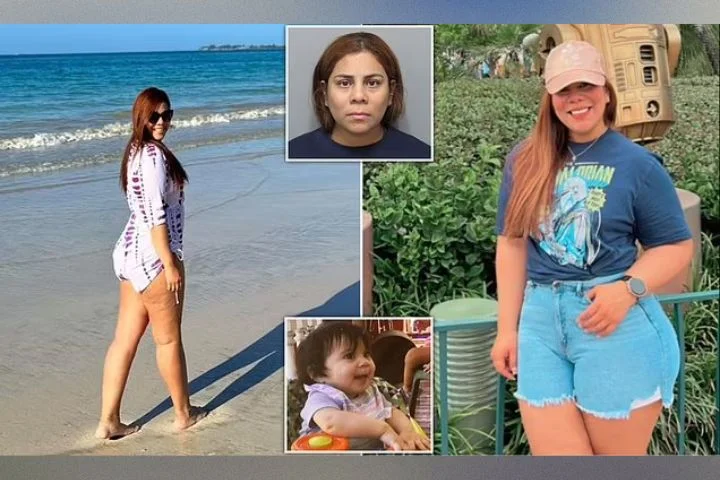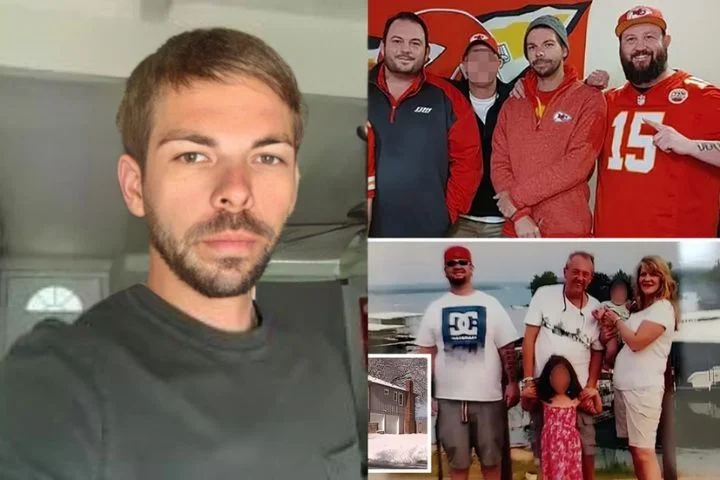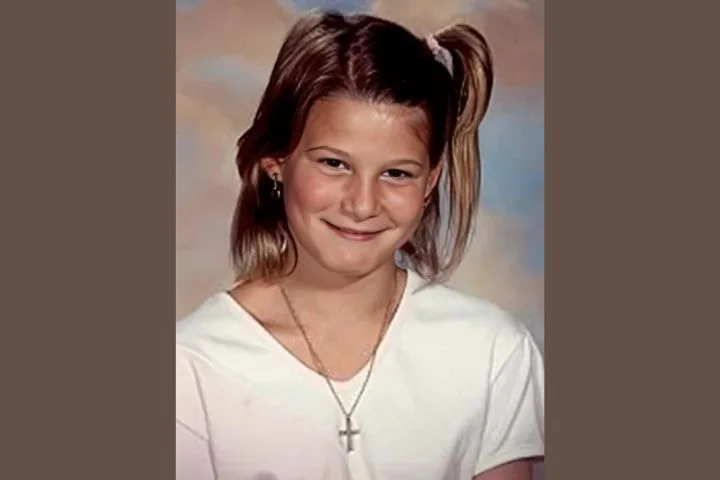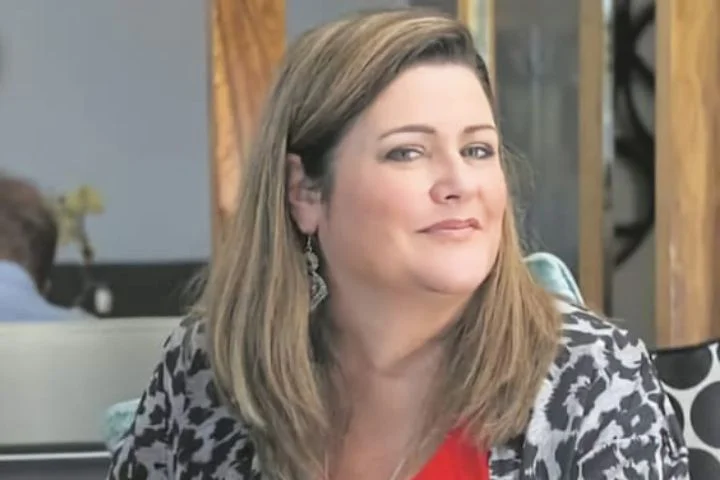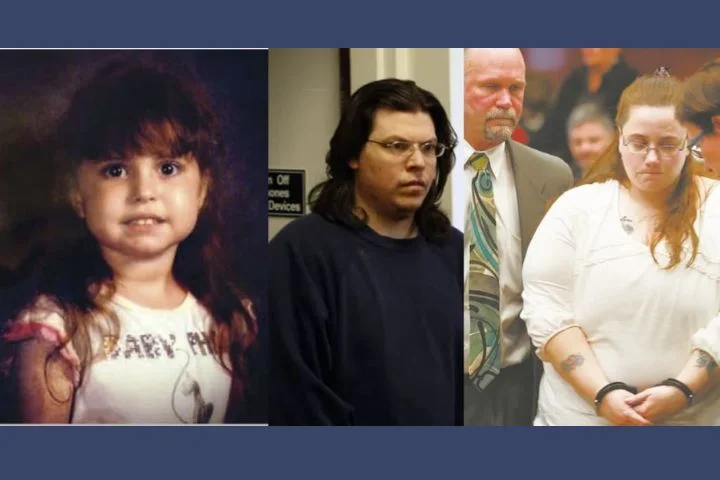Marla Scharp spent the evening of Thursday, June 29, 1978, watching television with two of her roommates. Around 11:30 pm, her roommates left the Provo, Utah apartment to go to a nearby laundromat, and when they returned 30 minutes later, Marla had already gone to bed. Eventually, her roommates went to sleep as well, and when they got up the following morning they thought it was odd that Marla was still asleep. They decided to check on her around 11:00 am and were horrified to find that she was dead.
Marla’s roommates immediately called the Provo Police Department. Within minutes, the apartment was flooded with investigators, who quickly escorted the tearful roommates outside so they could start processing what was clearly a homicide scene. Marla’s friends were in shock, telling detectives that they hadn’t heard anything unusual during the night.
The medical examiner ruled that Marla’s de*ath was due to strangulation and suffocation. She had also been sexually assaulted, and the only clue the kil*ler left behind was a beer tap found underneath Marla’s body. Investigators found no signs of forced entry into the apartment, but Marla’s roommates admitted that they had left the front door unlocked when they ran to the laundromat the night before. It was likely that the kil*ler had entered through the unlocked door and had already been inside when the women returned home; the medical examiner believed Marla had been kil*led late Thursday night or very early Friday morning.
The brutal mu*rder shocked the quiet city of Provo, and residents were unnerved by the possibility that there was a ki*ller loose among them. Marla’s landlord, Alan Goodwin, told investigators that people had reported hearing a dog barking around 2:00 am the night before the mu*rder, and he wondered if the k*iller had been scoping the area out ahead of time.
Provo Police Lt. Bud Gillman warned the public that there was a possibility the k*iller might strike again. “We’ve discussed the facts of the case with some psychiatrists, and we think we are dealing with someone who is a career criminal, who is perhaps involved in robbery, who is very violent, who is an opportunist.” He told residents to make sure that they locked all their doors and windows, noting that the ki*ller had likely entered Marla’s apartment through the unlocked front door. He believed that the k*iller may have chosen a different apartment if the door had been locked.
Detectives canvassed Marla’s neighborhood, hoping that someone might have witnessed something unusual on the night of the mur*der. One woman recalled seeing a man standing behind Marla’s apartment around 11:30 pm, but he had been mostly hidden in the shadows and she was unable to provide a description of him. It was possible that the k*iller had seen Marla’s roommates leave and entered the apartment with burglary in mind, only to be surprised by Marla.
Marla’s wallet was missing from her bedroom and was found behind the apartment, very close to where the woman had seen a man standing early that night. There was no cash inside the wallet when it was found; detectives believed the k*iller had stolen the money and then discarded the wallet as he made his getaway.
Lt. Gillman told reporters that the department was doing everything possible to find Marla’s k*iller. Nine detectives were assigned to work the case full-time, and they interviewed hundreds of people as they tried to make sense of the violent crime. They noted that there were a number of sexual offenders living in the area; investigators spoke with each of them but were unable to link any of them to the mur*der.
Hoping to find clues to the k*iller’s identity, detectives sent Marla’s wallet and other pieces of evidence gathered from the crime scene, including her bedding and some clothing, to the FBI’s crime laboratory in Washington D. C. for analysis. The crime lab was dealing with a backlog of cases, however, and it would be months before investigators received any results.
Marla’s funeral was held on Wednesday, July 5, 1978. Mourners remembered her as a sweet and very spiritual young woman who had been an active member of The Church of Jesus Christ of Latter-day Saints. One of four children born to Richard and Dona Scharp, Marla had been born and raised in Kankakee, Illinois; after graduating from Kankakee High School in 1969, she moved to Provo to attend Brigham Young University. From March 1975 to September 1976, Marla served on a health mission in Guatemala and El Salvador. She remained in Provo after returning from the health mission, and she made many friends in the area. All of them were devastated by her mu*rder.
Shortly after the mur*der, Marla’s four roommates decided to move out of the apartment they had shared with her. They told their landlord that they couldn’t bear to remain in the place where Marla had lost her life; they were haunted by memories of the cheerful young woman who had been taken from them way too soon. The landlord let them out of their lease, telling them he didn’t blame them for wanting to leave.
Six months after the mu*rder, investigators admitted to reporters that they were no closer to finding the ki*ller than they had been the day after Marla was k*illed. Provo Police Chief Swen Neilson remarked, “Hardly a day goes by that I don’t think about that case. It’s frustrating, in that we’ve covered all the bases, but where do we go from here?”
The police chief acknowledged that the fact that Utah didn’t have its own crime laboratory had hindered the investigation. “We sent the evidence we gathered to the FBI laboratory in Washington, D.C., and only got some of the test results back last week.” They were still waiting for some of the evidence to be processed.
In January 1979, Marla’s dea*th was the only unsolved mur*der case in the city of Provo. Chief Neilson told reporters that he believed it could still be solved, but the lack of leads was discouraging. “It’s a matter of chance at this point.”
A year after Marla was k*illed, there had still been no progress on the case. Chief Neilson admitted he was frustrated by how long it took for evidence to be processed by the FBI’s crime lab. “I’m not in a position to say if the test results had been expeditiously returned whether we could have broken the case, but it could have helped us focus more aggressively on it.”
It had taken more than seven months for Marla’s wallet and other items to be processed for evidence, and several other items that were sent to the FBI’s laboratory in February 1978 still hadn’t been processed a year later. Chief Neilson told reporters, “If that is the best service we can expect, it’s time for the state to build its own crime lab.”
More than a year after the mu*rder, Chief Neilson stated that it was still something he thought about daily. “It’s frustrating…maybe the FBI doesn’t consider it to be a big deal, but in Provo, Utah, it’s a hideous crime.”
Years went by, and Marla’s case faded from the headlines. Then, in February 1984, Henry Lee Lucas confessed to the mu*rder. He claimed that he and his partner, Ottis Toole, were responsible for as many as 600 mur*ders all across the United States. He told investigators that he had k*illed Marla while Ottis burglarized the Provo apartment. Detectives said that they were confident Henry was the ki*ller, and the case was closed.
If investigators had delved deeper into Henry’s confession, they would have realized that there were several glaring issues with it, the main one being that he and Ottis hadn’t even met until February 1979, more than eight months after Marla was k*illed. There was no proof that either man had been in Utah at the time of Marla’s murd*er, and though Henry claimed that Ottis had stolen numerous items from the apartment, in reality, the only thing that had been taken was Marla’s wallet. Despite these inconsistencies — and the fact that Henry was never charged with Marla’s mur*der — the case was considered solved.
Henry would later recant his confession, and officials throughout the country now acknowledge that he couldn’t have been responsible for many of the crimes for which he took credit. Texas defense attorney Rod Ponton wryly noted, “Basically, they’ve cleared hundreds of mu*rders on the statement of the world’s biggest liar.” In 2019, Provo officials acknowledged that Henry couldn’t have k*illed Marla and announced that they were reopening her case.
The news came as a shock to Marla’s loved ones, who had spent decades believing that her ki*ller, though never tried for her m*urder, had spent the remainder of his life in prison for other crimes he committed. Her sister, Leah Scharp, told reporters, “You just don’t get over something like that. That is such a huge hole in the family and it can never be replaced.” She admitted that she had never really believed that Henry had been the k*iller, but she had refrained from saying anything about it to her parents, who wanted to believe that Marla’s kil*ler had been caught.
Leah was hopeful that investigators would finally be able to identify the real ki*ller. “I don’t believe in closure, because for something like this, there is no closure…but somebody kil*led my sister and they need to be brought to justice. I want the person who is responsible for this to be behind bars.”
At a November 2019 press conference, officials released pictures of the Budweiser beer tap handle that had been found underneath Marla’s body. It was the sole piece of evidence left behind by the ki*ller, and detectives hoped that someone might recall knowing someone who had such an item around the time of the mu*rder. They believe it is their best chance of finally identifying Marla’s ki*ller.
Marla Rae Scharp was just 26 years old when she was bru*tally mu*rdered in Provo, Utah, in June 1978. She was a friendly and spiritual young woman who was very active with her church and had many close friends. For years, investigators believed that she had been kil*led by Henry Lee Lucas, and it wasn’t until 2019 that they acknowledged that there was no way he could have been the ki*ller. The case has been reopened, and they hope members of the public can provide them with the information they need to finally obtain justice for Marla. If you have any information about Marla’s mu*rder, please contact the Provo Police Department at 801–852–6210.
